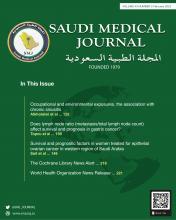JANUARY 20, 2022 - A study published in Indoor Air simulated the transmission of SARS-CoV-2, the virus that causes COVID-19, on a flight from London to Hanoi and on another flight from Singapore to Hangzhou.
When simulating the dispersion of droplets of different sizes generated by coughing, talking, and breathing activities in an airline cabin by an infected person, researchers found that SARS-CoV-2 virus contained in such droplets traveled with the cabin air distribution and was inhaled by other passengers.
The scientists counted the number of viral copies inhaled by each passenger to determine infection. Their method correctly predicted 84% of the infected/uninfected cases on the first flight. The team also found that wearing masks and reducing conversation frequency between passengers could help to reduce the risk of exposure on the second flight.
“We are very pleased to see that our model validated by experimental data can achieve such a high accuracy in predicting COVID-19 transmission in airliner cabins,” said corresponding author Dayi Lai, PhD, Associate Professor and Associate Head of the Department of Architecture, School of Design of Shanghai Jiao Tong University, in China. “Also, it’s important to know that wearing masks makes a significant impact on reducing the transmission.”
Link to Study: https://onlinelibrary.wiley.com/doi/10.1111/ina.12979
Full citation: “Evaluation of SARS-COV-2 transmission and infection in airliner cabins” Wensi Wang, Feng Wang, Dayi Lai, Qingyan Chen. Int J Environ. Health Published Online: 19 January 2022 (DOI:10.1111/ina.12979).
Copyright © 2019 The Cochrane Collaboration. Published by John Wiley & Sons, Ltd., reproduced with permission.
- Copyright: © Saudi Medical Journal
This is an Open Access journal and articles published are distributed under the terms of the Creative Commons Attribution-NonCommercial License (CC BY-NC). Readers may copy, distribute, and display the work for non-commercial purposes with the proper citation of the original work.






